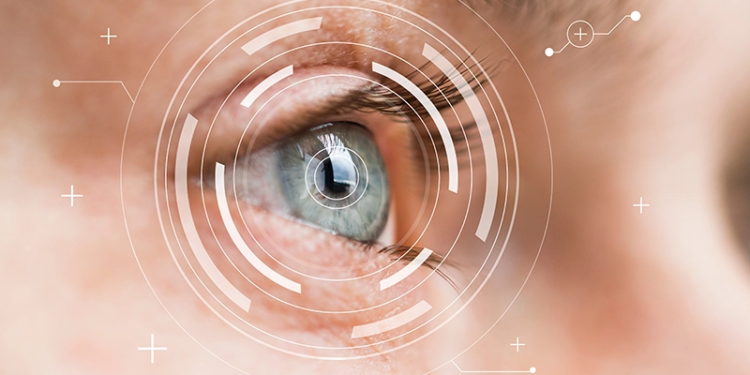
The images used in the study. Top row: real hands; middle row: passive (cosmetic) prostheses; bottom row: active prostheses
Photograph courtesy of F. van den Heiligenberg et al.
A study, published online March 9 in Brain, provides the first account of how artificial limbs are represented in the brains of people with amputations. According to the study, the human brain can take advantage of brain resources originally devoted to the hand to represent a prosthetic limb. Among people with only one hand, the brain area that enables us to recognize hands can also recognize a prosthetic hand, particularly among those who use a prosthesis regularly.
“If we can convince a person’s brain that the artificial limb is the person’s real limb, we could make prostheses more comfortable and easier to use,” said Tamar Makin, PhD, a neuroscientist at the University College London, England, Institute of Cognitive Neuroscience, the study’s lead author.
Half of the study’s 32 participants had a unilateral congenital amputation, and half had experienced a later amputation. A control group included 24 people without amputations. The participants were shown images of prosthetic hands, including photos of their own prostheses, as well as real limbs. A functional MRI scan was used to assess the participants’ neural responses.
Within the visual cortex of the brain is an area that enables people to recognize hands, according to the study’s authors. This area displayed a stronger response to images of prostheses among the one-handed participants, compared to the controls, particularly among those who used a prosthesis most frequently in their daily lives. This part of the brain also responded to images of prostheses that are functional but do not look like a hand, such as a hook prosthesis.
The researchers also investigated the connectivity between the visual hand-selective area and the area of the sensorimotor cortex, which would be expected to control the missing hand. They found there was better connectivity between these two brain areas in those people who used their prostheses regularly.
“Our findings suggest that the key determinant of whether the brain responds similarly to a prosthetic hand as it does to a real hand is prosthetic use,” said the study’s first author, Fiona van den Heiligenberg, BSc. “As many of our study participants lost their hand in adulthood, we find that our brains can adapt at any age, which goes against common theories that brain plasticity depends on development early in life.”
The researchers say their findings could provide new insights to guide rehabilitation strategies as well as prosthesis design, and potentially guide other types of augmentation technology as well.
Editor’s note: This story was adapted from materials provided by UCL.
To read more about Makin’s brain research among people with amputations, visit “Brain May Be Organized by Functions, Not Body Parts.“




